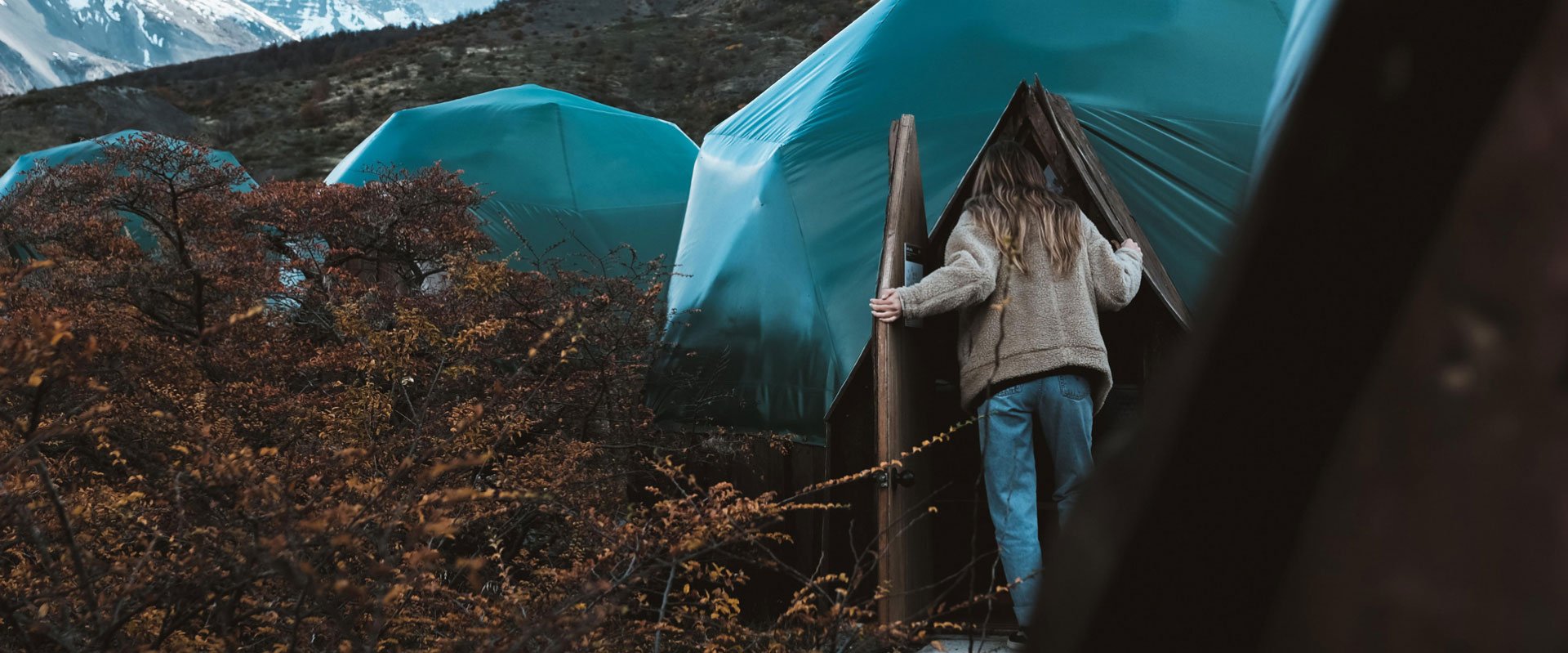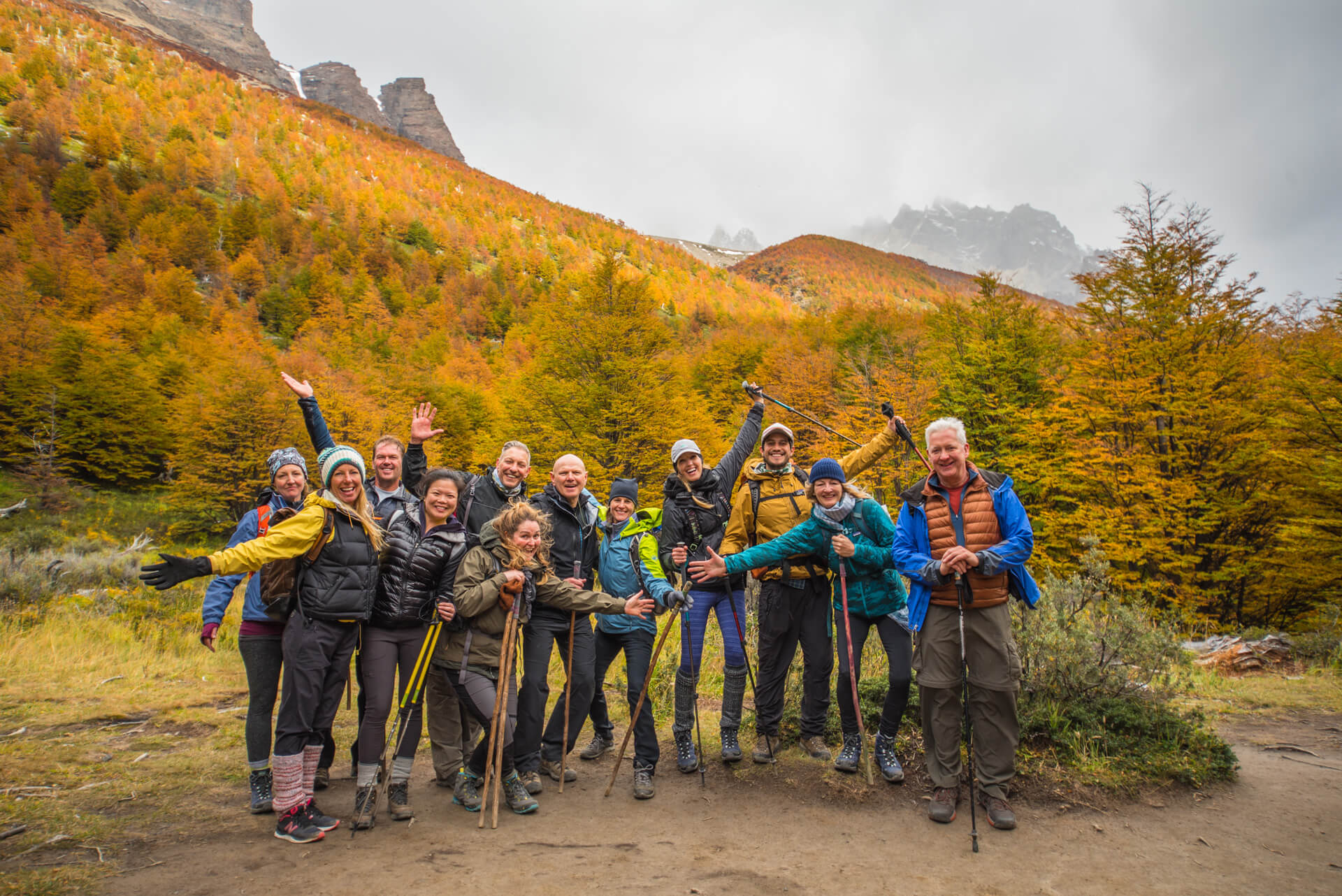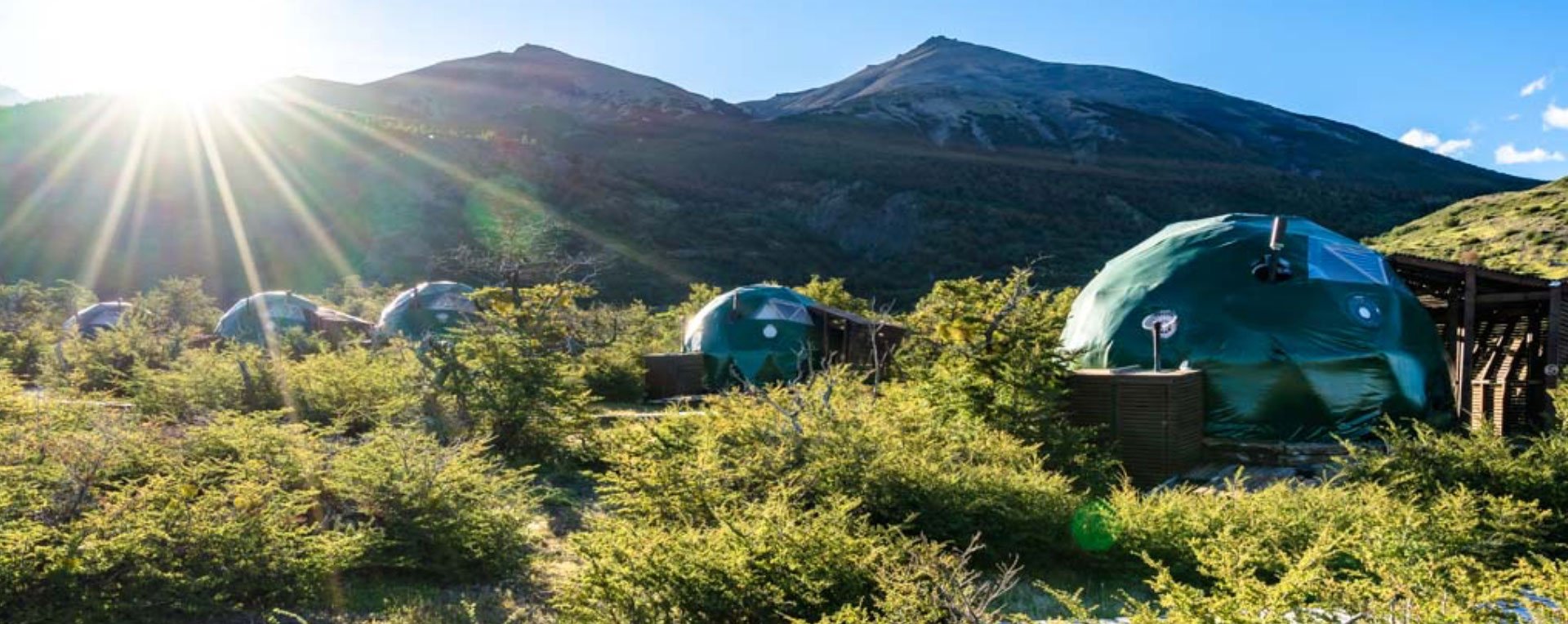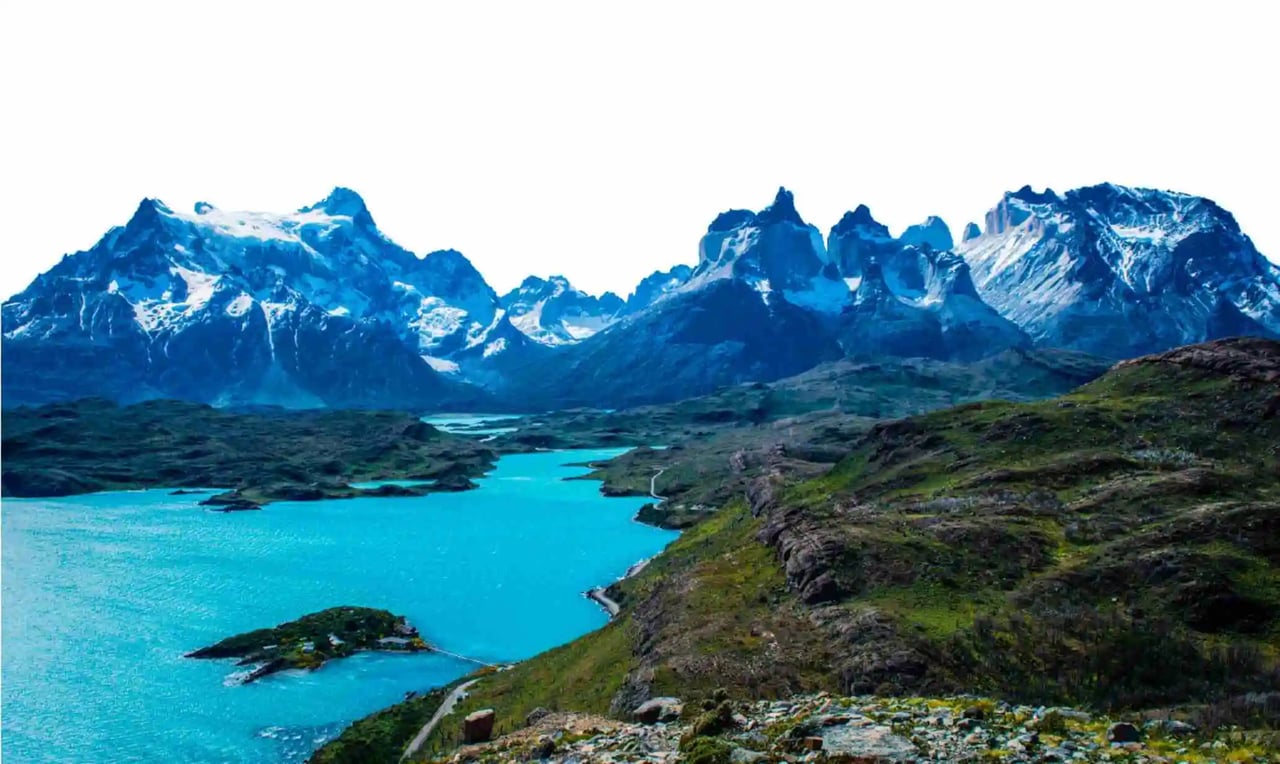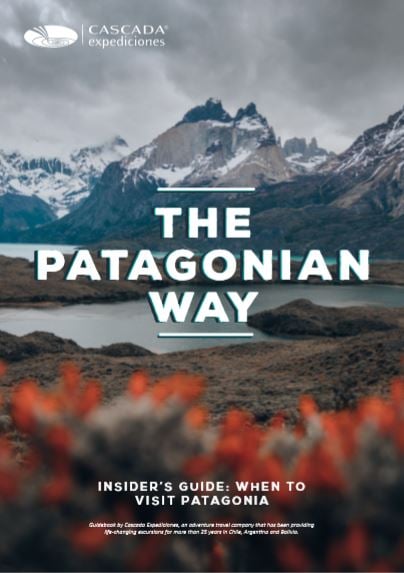How can we give a second life to clothes we no longer wear? This was a question recently raised at EcoCamp. The answer was Ecocitex, a company that applies circular economy principles by sorting, reusing, or transforming textiles into new products.
.webp?width=893&height=503&name=Ecocitex%20(1).webp) Rosario Hevia - © Ecocitex
Rosario Hevia - © Ecocitex
"The goal of Ecocitex is to reduce textile waste in Chile through a circular economic model with a strong social contribution," says Rosario Hevia, one of Ecocitex's founders. "In practice, this means that in 2020, we purchased an old industrial spinning mill and launched a social reintegration program where we teach people how to properly sort garments and prepare damaged clothing for the textile recycling process."
Unfortunately, the factory caught fire in June 2023, so it can no longer operate there. However, Ecocitex continues its activities in collaboration with suppliers.
Companies and organizations can bring clothes to Ecocitex, whether in good condition or worn out, as long as they’re clean. The company does not accept underwear, bed linens, shoes, accessories, or leather products.
.webp?width=893&height=502&name=Ecocitex%20(10).webp) © Ecocitex
© Ecocitex
Employees examine each garment and classify it based on its condition and color. Clothes in good condition are resold or donated. For clothes in poor condition, the team removes zippers, buttons, labels, and any non-textile elements. The garments are then processed in two ways: either new products are made from the textiles, or the clothes are cut, shredded, and spun mechanically to create new items like hats, blankets, and stuffed animals, which are then sold. This process doesn’t use water or other liquids, so in addition to reducing textile waste, it also mitigates the carbon footprint. You can see the entire process in detail here.
Over the past four years, many brands have collaborated with Ecocitex, including McDonald’s, Wild Lama, Caja Los Andes, Grupo Antofagasta Minerals, and now EcoCamp.
.webp?width=893&height=493&name=Ecocitex%20(5).webp) © Ecocitex
© Ecocitex
Our team sorted used shirts, sweatshirts, and kitchen aprons from the hotel and employees. We set aside the garments that were still in good condition and usable for reuse. The remaining clothes, totaling 127 kilos, were taken to Ecocitex. The company cannot resell or donate the garments because they bear our logos, but they are now studying whether the pieces can be directly reworked into other products or if they should first be converted into yarn.
“I’m happy we’re giving a second life to our old textiles right here in Chile. This way, these garments don’t end up in landfills, and we reduce our CO2 emissions,” says Bernardo Domínguez, General Manager of EcoCamp Patagonia and Cascada Expediciones. “Ecocitex’s story is a great example of a circular economy and fits within EcoCamp’s sustainability vision. ‘Leave no trace’ is one of the principles we share with our guests when exploring Chile’s nature. The same should apply to our clothing.”
.webp?width=893&height=503&name=Dise%C3%B1o%20sin%20t%C3%ADtulo%20(9).webp)
EcoCamp clothes
Ecocitex also encourages companies to purchase recycled products by the same weight as the old garments they deliver, ensuring no textile waste is generated. EcoCamp has already purchased blankets for the domes and will offer Ecocitex products in the hotel shop, such as bed runners, hats, and toiletry bags.
In four years, Ecocitex has recycled 209 tons of clothing, equivalent to 136,000 reused garments and 4,380 donated, preventing the emission of 1,200 tons of CO2.
.webp?width=555&height=750&name=Gorro%20(1).webp)
© Ecocitex
“We’re happy that these garments aren’t ending up in landfills,” says Rosario. According to the Global Fashion Agenda, 73% of our clothing ends up in landfills or dumps. In Chile, there are also many illegal landfills, contributing to environmental pollution.
Additionally, Ecocitex has identified other issues in the textile industry, such as water pollution, CO2 emissions associated with the sector's activities, and the mass consumption of clothing. Did you know that Chile is the country that buys the most clothing and that consumption has increased by 80% in the last five years? The average Chilean buys between 13 and 50 new garments a year.
These are more than enough reasons for Ecocitex to continue its mission in the coming years!
.webp?width=893&height=596&name=Ecocitex%20(4).webp) © Ecocitex
© Ecocitex
Want to learn more about Ecocitex? Visit their website to discover the company’s origins, how they recycle clothes, and how you can support their mission.

